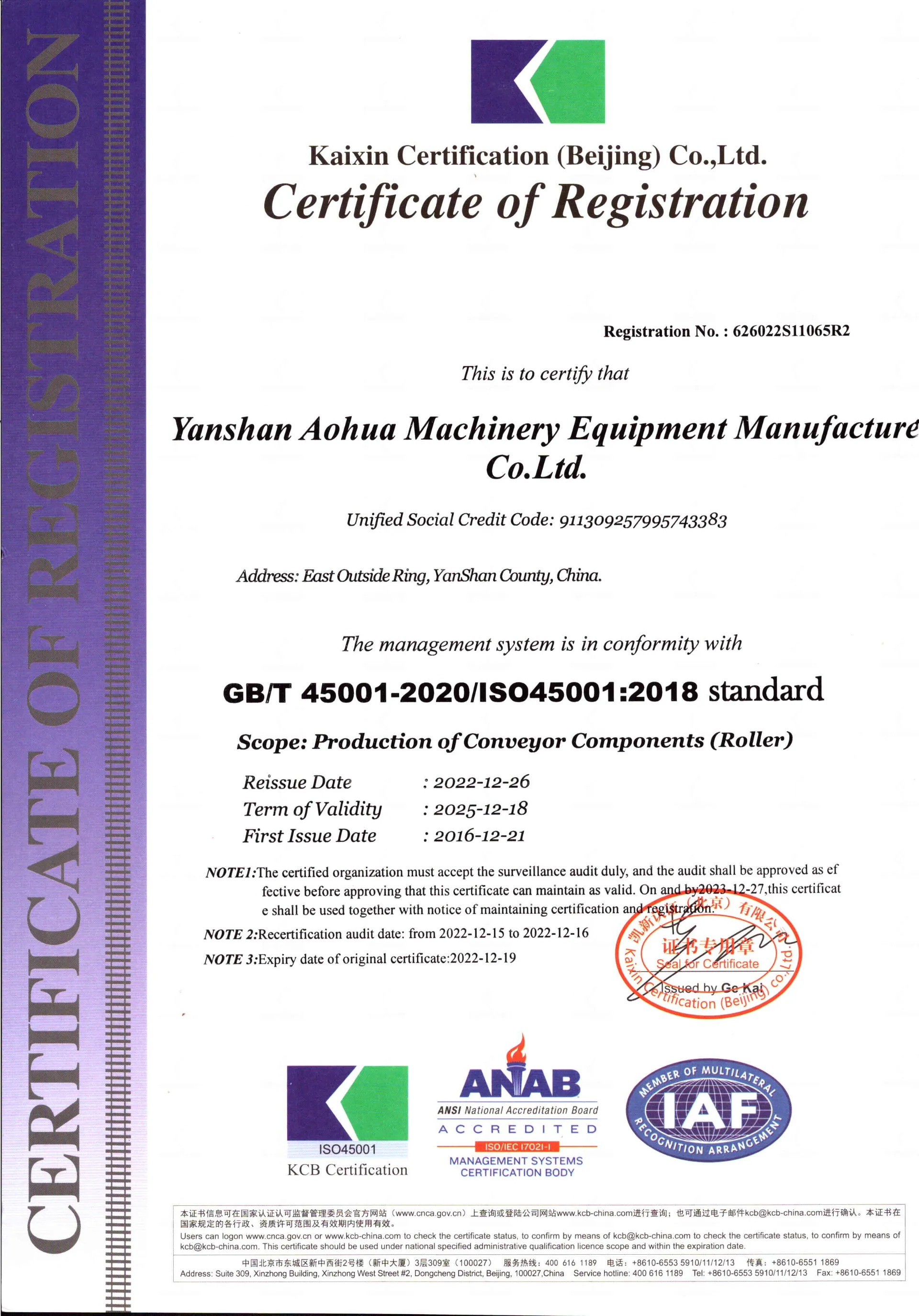 Afrikaans
Afrikaans  Albanian
Albanian  Amharic
Amharic  Arabic
Arabic  Armenian
Armenian  Azerbaijani
Azerbaijani  Basque
Basque  Belarusian
Belarusian  Bengali
Bengali  Bosnian
Bosnian  Bulgarian
Bulgarian  Catalan
Catalan  Cebuano
Cebuano  Corsican
Corsican  Croatian
Croatian  Czech
Czech  Danish
Danish  Dutch
Dutch  English
English  Esperanto
Esperanto  Estonian
Estonian  Finnish
Finnish  French
French  Frisian
Frisian  Galician
Galician  Georgian
Georgian  German
German  Greek
Greek  Gujarati
Gujarati  Haitian Creole
Haitian Creole  hausa
hausa  hawaiian
hawaiian  Hebrew
Hebrew  Hindi
Hindi  Miao
Miao  Hungarian
Hungarian  Icelandic
Icelandic  igbo
igbo  Indonesian
Indonesian  irish
irish  Italian
Italian  Japanese
Japanese  Javanese
Javanese  Kannada
Kannada  kazakh
kazakh  Khmer
Khmer  Rwandese
Rwandese  Korean
Korean  Kurdish
Kurdish  Kyrgyz
Kyrgyz  Lao
Lao  Latin
Latin  Latvian
Latvian  Lithuanian
Lithuanian  Luxembourgish
Luxembourgish  Macedonian
Macedonian  Malgashi
Malgashi  Malay
Malay  Malayalam
Malayalam  Maltese
Maltese  Maori
Maori  Marathi
Marathi  Mongolian
Mongolian  Myanmar
Myanmar  Nepali
Nepali  Norwegian
Norwegian  Norwegian
Norwegian  Occitan
Occitan  Pashto
Pashto  Persian
Persian  Polish
Polish  Portuguese
Portuguese  Punjabi
Punjabi  Romanian
Romanian  Russian
Russian  Samoan
Samoan  Scottish Gaelic
Scottish Gaelic  Serbian
Serbian  Sesotho
Sesotho  Shona
Shona  Sindhi
Sindhi  Sinhala
Sinhala  Slovak
Slovak  Slovenian
Slovenian  Somali
Somali  Spanish
Spanish  Sundanese
Sundanese  Swahili
Swahili  Swedish
Swedish  Tagalog
Tagalog  Tajik
Tajik  Tamil
Tamil  Tatar
Tatar  Telugu
Telugu  Thai
Thai  Turkish
Turkish  Turkmen
Turkmen  Ukrainian
Ukrainian  Urdu
Urdu  Uighur
Uighur  Uzbek
Uzbek  Vietnamese
Vietnamese  Welsh
Welsh  Bantu
Bantu  Yiddish
Yiddish  Yoruba
Yoruba  Zulu
Zulu Understanding the Role of Impact Idlers in Belt Conveyor Systems and Their Applications
Understanding Impact Idlers and Their Role in Belt Conveyors
Belt conveyors are an essential component in various industries, from mining to manufacturing, helping to transport materials efficiently and effectively. One of the crucial elements of a belt conveyor system is the idler. Among the various types of idlers used, impact idlers play a significant role in ensuring the smooth operation and longevity of the conveyor system. This article delves into the definition, functionality, and advantages of impact idlers in belt conveyors.
What Are Impact Idlers?
Impact idlers are specialized components located at strategic points along a conveyor belt, particularly in areas where heavy materials are loaded onto the belt. These idlers are designed to absorb and dissipate the kinetic energy generated when materials are dropped onto the belt, minimizing the impact force that could potentially damage the belt and the structure of the conveyor system. Typically, impact idlers consist of rubber or elastomeric materials that cushion the load and reduce vibrations.
Importance of Impact Idlers
1. Protection of Conveyor Components The primary purpose of impact idlers is to prolong the life of the conveyor belt and associated components by preventing excessive wear and tear. When materials fall onto a conveyor belt, the impact can create substantial stress, potentially leading to buckle points or tears in the belt. Impact idlers mitigate this problem by absorbing the shock and distributing the load more effectively.
impact idlers are used in a belt conveyor at mcq

2. Reduced Maintenance Costs By protecting the conveyor belt and other components from damage, impact idlers contribute to lower maintenance costs. Regular replacement and repair of damaged belts can be costly and time-consuming. By integrating impact idlers, companies can decrease the frequency of repairs and extend the intervals between maintenance, thus saving on operational costs.
3. Improved Material Handling Impact idlers enhance the efficiency of material handling processes. Their design allows for smoother transitions of materials onto the belt, ensuring a consistent flow of goods. This is particularly important in high-volume operations where interruptions can lead to productivity loss.
4. Increased Safety Safety is paramount in any industrial operation. The use of impact idlers can help reduce the risks associated with heavy materials falling and causing injury. By minimizing the impact force, the potential for sudden jolts or equipment failures is greatly reduced, creating a safer working environment for employees.
5. Adaptability to Different Loads Impact idlers are available in various designs, enabling them to be used across multiple industries and applications. Whether dealing with light materials in a manufacturing environment or heavy aggregates in mining, impact idlers can be tailored to meet specific operational demands.
Conclusion
In conclusion, impact idlers are a vital component of belt conveyor systems, offering numerous advantages that enhance operational efficiency, increase safety, and reduce maintenance costs. By effectively absorbing the energy from dropped materials, these idlers play a key role in protecting the integrity of the conveyor system while ensuring smooth material handling processes. Companies investing in high-quality impact idlers can expect improved longevity from their conveyor systems, making it a wise choice in any material transport operation. As industries continue to evolve, the importance of such components will only grow, making an understanding of their function crucial for engineers and operators alike.
-
Revolutionizing Conveyor Reliability with Advanced Rubber Lagging PulleysNewsJul.22,2025
-
Powering Precision and Durability with Expert Manufacturers of Conveyor ComponentsNewsJul.22,2025
-
Optimizing Conveyor Systems with Advanced Conveyor AccessoriesNewsJul.22,2025
-
Maximize Conveyor Efficiency with Quality Conveyor Idler PulleysNewsJul.22,2025
-
Future-Proof Your Conveyor System with High-Performance Polyurethane RollerNewsJul.22,2025
-
Driving Efficiency Forward with Quality Idlers and RollersNewsJul.22,2025





























